Contents
Hidden Gems and Secret Spots in Nagoya city and Aichi prefecture
Nagoya, Aichi Prefecture, serves as a midway point between Tokyo and Osaka and is Japan’s third-largest metropolitan area. However, it’s often said that there are few interesting places here. This is somewhat true, as it’s the center of Japan’s modern automotive industry and the heart of the Toyota empire, making it an industrial city. Most of its historical buildings were destroyed in air raids during World War II. Of course, there are popular tourist spots like Nagoya Castle. But this time, I’d like to introduce some interesting places from a different perspective.
The Cultural Path – Discover Nagoya’s Hidden Heritage Street
On the east side of Nagoya Castle lies the Cultural Path , a charming area filled with historical buildings. Around 300 years ago, this district was home to middle-ranking samurai. About a century ago, during Japan’s modernization, it became a prestigious residential area for Nagoya’s leading businessmen.
Some of the buildings survived the air raids of World War II, and you can still admire their unique mix of Japanese and Western architectural styles. The best way to explore the area is to walk east from Nagoya Castle, visiting each spot in order.
If you plan to see everything, set aside at least half a day to a full day. It’s still relatively unknown among foreign visitors, making it a peaceful and rewarding place to experience Nagoya’s quieter charm.
あわせて読みたい
Exploring the Cultural Path in Nagoya: A Walk Through History and Architecture
Where should I go after visiting Nagoya Castle? Nagoya castle The Cultural Path (Bunka-no-Michi 文化のみち) is a historical area located east of Nagoya Castl…
Fushimi Under Ground Shopping Street – interaction with locals
The second is Fushimi Underground Shopping Street. The street is lined with bars, izakayas, barbershops, and cafés, all exuding the atmosphere of 1980s Japan. There are various eateries, so you can choose a place that serves your favorite cuisine. It’s a spot not well-known to foreigners and is frequented by many Japanese, so English might not be widely spoken, but I think it will be fine. Just consider it as a cultural exchange and give it your best! Since it’s an old underground shopping street, most of the shops still operate on a cash-only basis, so be sure to bring Japanese yen with you. This underground shopping street is directly connected to Fushimi Station, but it’s very hard to find. It’s easier to exit the station and then look for the entrance. For detailed directions, please refer to the article linked below.
あわせて読みたい
Fushimi Underground Shopping Street and Handsome Burger
日本語版はこちら Hidden Shopping Street loved by the locals Fushimi Underground Shopping Street Fushimi Underground Shopping Street is a passageway lined wit…
“Nayabashi Yoichi” – night market in Nagoya
A night market held monthly in Nagoya is Nayabashi Yoichi. It takes place about a 15-minute walk from Nagoya Station and attracts many people. This night market is not heavily advertised, so it’s not very well-known among international visitors. However, more and more people from overseas have started to attend recently. The staff are Japanese, and there might be instances where English isn’t understood, but trying to communicate despite language barriers is one of the joys of traveling abroad. I hope you’ll enjoy the opportunity for cultural exchange. The atmosphere is open and lively. For those from overseas, it might feel like an exotic experience. If you’re lucky enough to be there on a day it’s happening, I think it would be worth checking out.
あわせて読みたい
Nayabashi in Nagoya, Best night market for food at street
Best night market for food at street in Nagoya called Nayabashi Yoichi この投稿をInstagramで見る Nagoya explorers(@nagoya_explorers)がシェアした投稿 Instagra…
Nagoya Antique Market in Higashi betsuin temple
Higashi Betsuin temple hosts not only regular markets but also an Antique Market twice a year. This Antique Market is the largest of its kind in Nagoya and draws an impressive crowd. Currently, most of the visitors are Japanese, with fewer international attendees. While the official website offers information in English, it seems the event isn’t widely known among non-Japanese visitors. Even without Japanese language skills, it’s an event that can be thoroughly enjoyed, so if you have the chance, I highly recommend visiting. I’ve detailed my experience on the following page:
あわせて読みたい
Nagoya Antique Market in Higashibetsuin Temple
Nagoya Antique Market in Higashi betsuin Temple I visited the antique market held at Nagoya Higashi Betsuin on November 24, 2024. Let me introduce what this …
Hozoji Temple – hidden grave of legendary Samurai
Now, let’s move on to historical buildings. I recommend Hōzōji Temple. It’s a very quiet temple, about an hour by train from Nagoya Station. It was used by Tokugawa Ieyasu(1543-1616) during his childhood when he was studying. This temple is also known for the legend that the head of Kondō Isami(1834-1868) is buried there. Kondō Isami was a swordsman from Tokyo in the late Edo period and the 4th master of the Tennen Rishin-ryu(Japanese martial art). He was the leader of the Shinsengumi. Born to a farming family, he rose to the rank of samurai through his skill with the sword. The Shinsengumi was a security force in Kyoto, and they are famous for their role in the Ikedaya Incident. It is said that Kondō and just four of his men stormed the Ikedaya, where 20 to 30 enemies (considered terrorists) were, killing and capturing many of them. Kondo, who was so strong, finally lost the battle against the new government forces and was executed in Tokyo. After Isami Kondo’s head was exposed in Kyoto, it has not been found to this day. According to legend, he was buried at Hozoji Temple, which was connected to the Tokugawa family to which Isami Kondo pledged allegiance. It’s a not-so-famous temple, so there aren’t many tourists, so it’s quiet and highly recommended.
あわせて読みたい
Hozoji Temple in Okazaki, which has Kondo Isami’s Secret Head Mount
Who is Kondo Isami? Isami Kondo was a swordsman from Edo(Tokyo) during the late Edo period(1603-1868), the fourth generation master of Tennen Rishin-ryu…
Eikokuji Temple – hidden grave of Christian in Feudal Japan
Eikokuji is a small temple located near Higashi Betsuin Temple. It was once an execution ground where both criminals and Christians were executed. A memorial tower was erected in 1649 to honor those who were executed, and Eikokuji Temple was established thereafter. Not many people in Nagoya are aware that Christians were once executed at this temple. It is an important historical site that sheds light on the relationship between feudal Japan and Christianity, even in Nagoya.
あわせて読みたい
Eikokuji temple, which has Hidden Christian History in Nagoya
About Eikokuji Temple Eikokuji is a small temple located about a 10-minute walk from Higashi Betsuin. Before this temple was built around 1660, the site was …
Kofun in Osu – An ancient tomb hidden in a tourist site
The bustling Osu Shopping Street, one of Nagoya’s famous tourist destinations, hides an intriguing piece of history—a remnant of an ancient tomb known as a kofun . These tombs date back to the 5th century and were constructed throughout Japan during that era. While the Kansai region (Osaka, Kyoto and Nara) is home to massive kofun, many of which are believed to be imperial tombs, Nagoya also houses several kofuns. Among them, one discreetly stands amidst the crowds of the lively Osu Shopping Street, blending seamlessly into its surroundings.
あわせて読みたい
An ancient tomb called Kofun in Osu Shopping Street
An ancient tomb in Osu shopping Street When I went to Osu Shopping Street, I happened to find an ancient tomb, so I’ll introduce it. It’s well known that man…
Nanatsudera temple in Osu – A Hidden Buddha Rebuilt After WWII
Tucked away on the quiet edge of Osu, Nanatsu-dera’s Great Buddha is one of Nagoya’s most overlooked historical treasures. The temple itself dates back to 735 and was relocated to Osu during the Kiyosu Migration in the early 1600s. The bronze Buddha—cast in the late 18th century—was destroyed in WWII air raids, and the restored statue still shows visible cracks from the reconstruction.
Surrounded by trees and easy to miss, the Buddha feels far removed from the busy food streets of Osu. A 1920 Shinto torii gate beside it adds an unusual touch, making this spot a fascinating blend of history and mystery. If you enjoy discovering quiet corners with deep stories, this is one of Nagoya’s true hidden gems.
あわせて読みたい
The Hidden Great Buddha of Nanatsu-dera: A Secret Historical Spot on the Edge of Osu, Nagoya
The Great Buddha Hidden Among the Trees Osu is usually known for street food, shopping, and crowds—but tucked away at its quiet edge is a surprisingly deep p…
Nakamura Yūkaku – A historic red-light district hidden in a quiet local neighborhood
Just a 20-minute walk west of Nagoya Station, the historic Nakamura Yūkaku district was once the largest red-light area in Nagoya. Today, it’s a quiet neighborhood where traces of the past still remain. One standout is Soba Itou, a beautifully preserved wooden building that operated as a brothel roughly a century ago and now serves handmade soba in an atmospheric setting. A rare chance to experience local history through both architecture and food.
あわせて読みたい
Nagoya’s Red Light District History: Discovering Nakamura Yūkaku and Its Hidden Soba Gem
Visitor Notice:Nakamura Yukaku is a historic area, but it is also a quiet residential neighborhood where local people live. Visitors are welcome to explore a…
Kasadera Park – hidden historical site
Kasadera Park was once the site of anti-aircraft platforms during World War II, built to defend against American forces. Even today, you can still see two of these anti-aircraft platforms set up on the hill.
あわせて読みたい
Kasadera Park in Nagoya: A Place of Light and Shadow in History
Hidden Park in Nagoya Kasadera Park carries a history filled with both light and shadow. While today it serves as a peaceful, beloved spot for locals to rela…
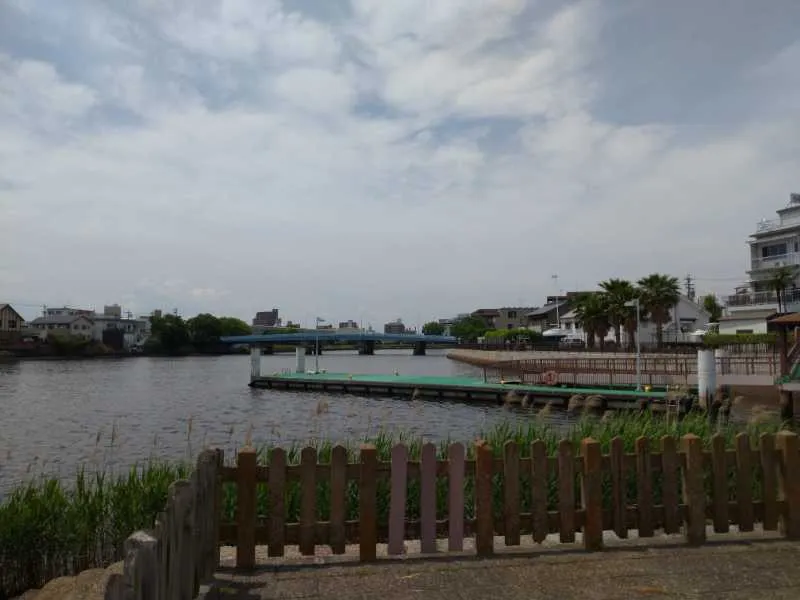
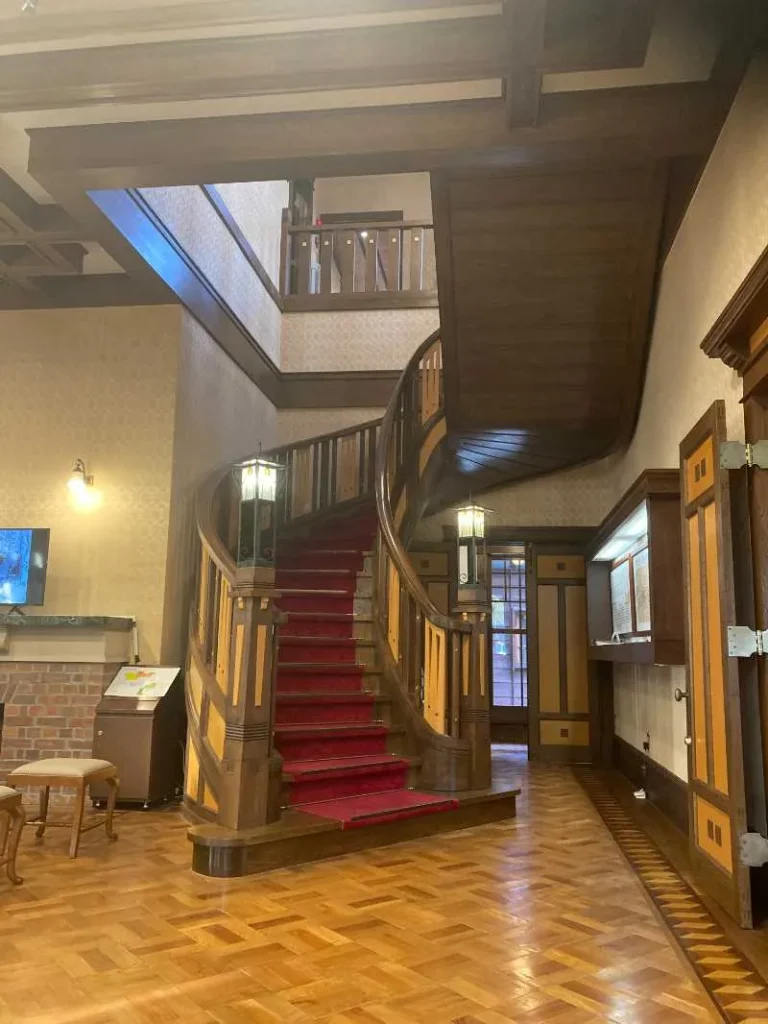
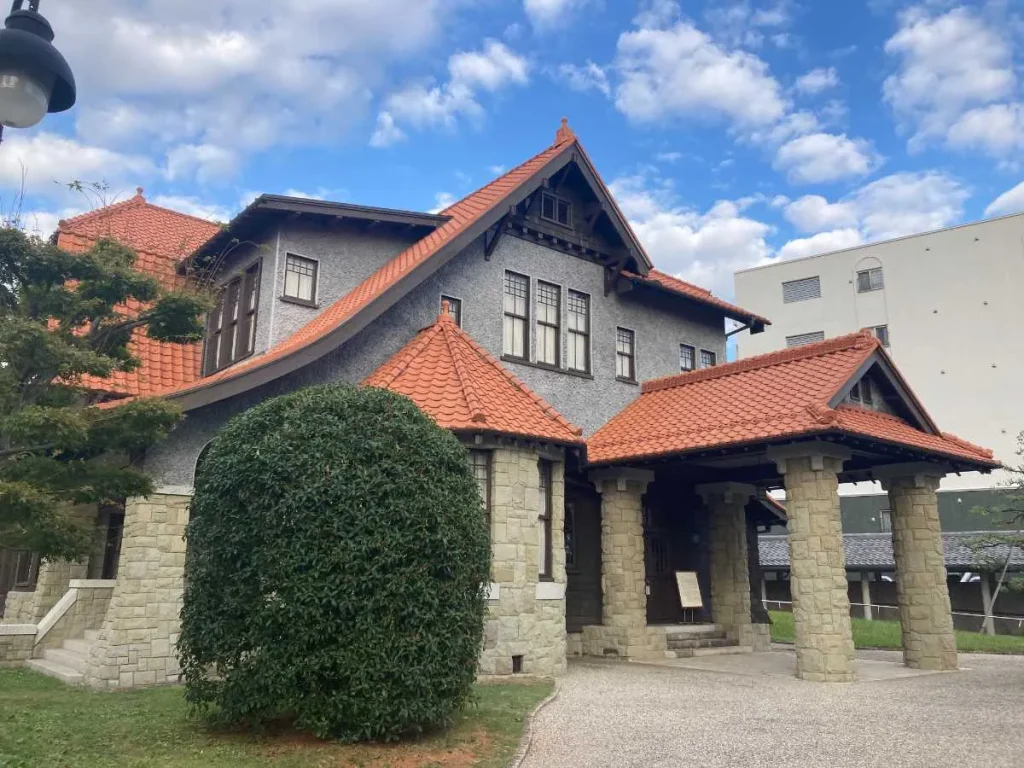
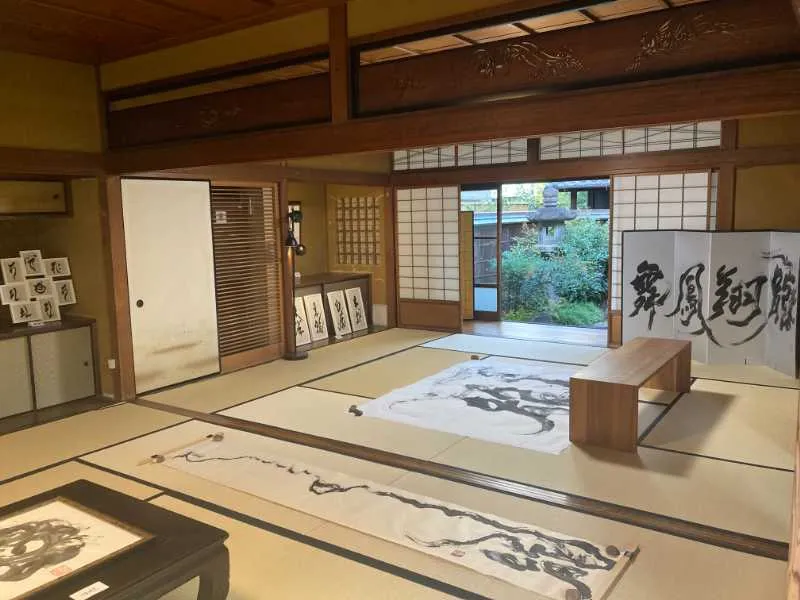
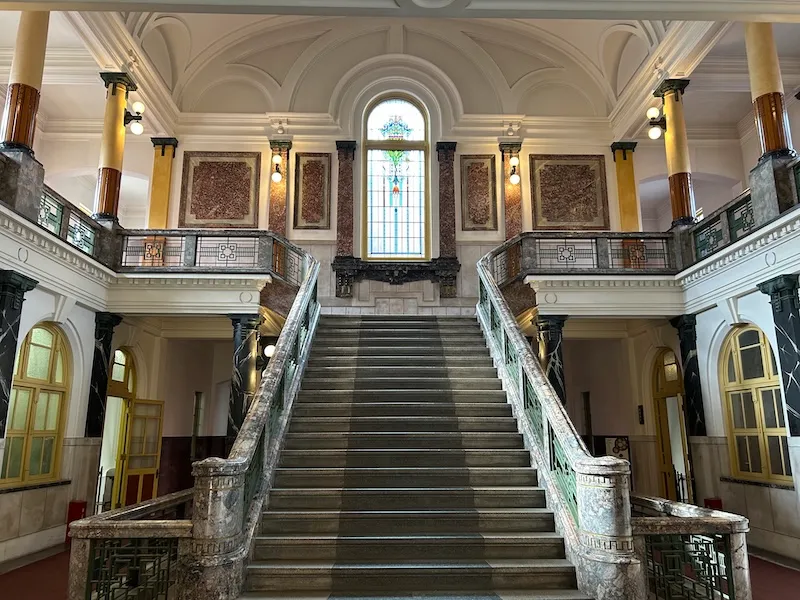

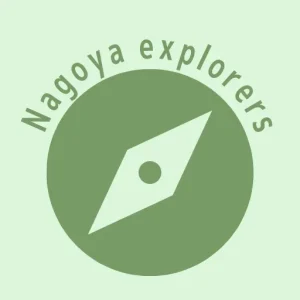
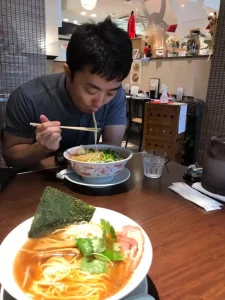
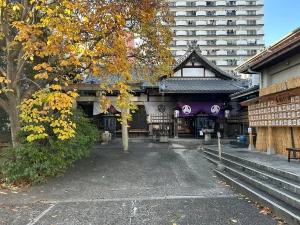
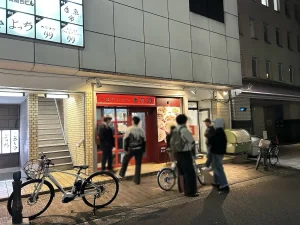
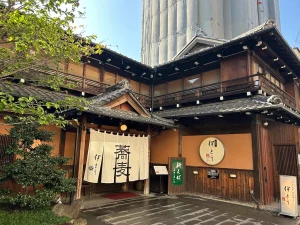
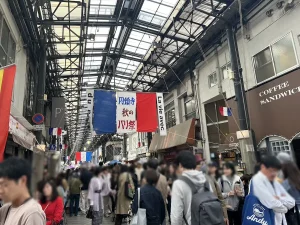
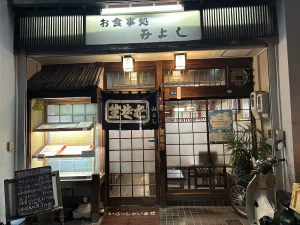
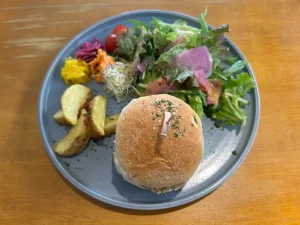
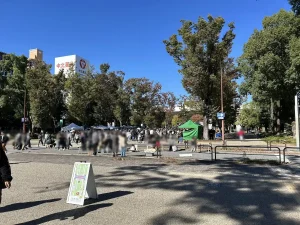
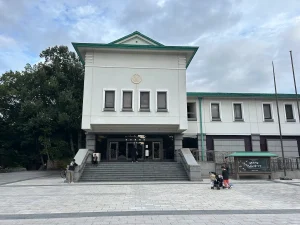
LEAVE A REPLY